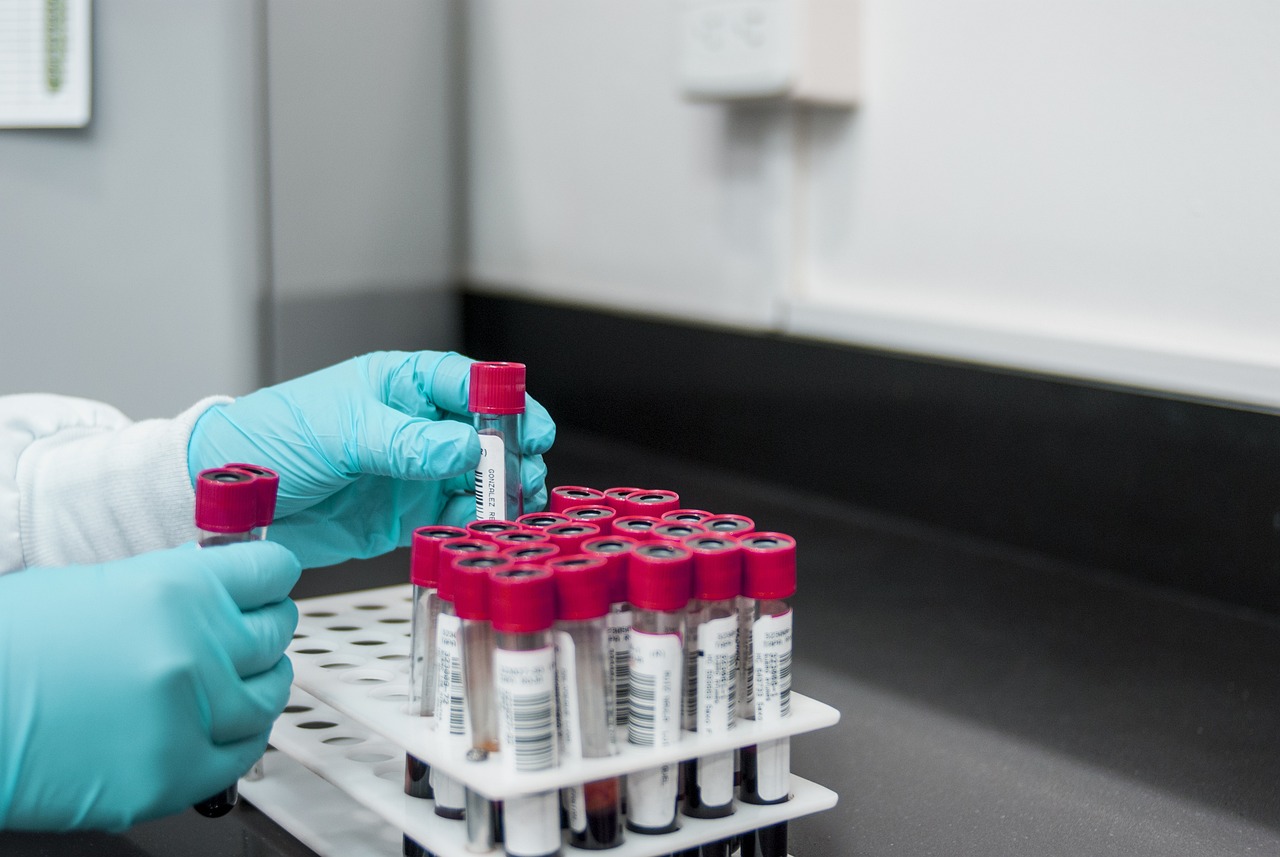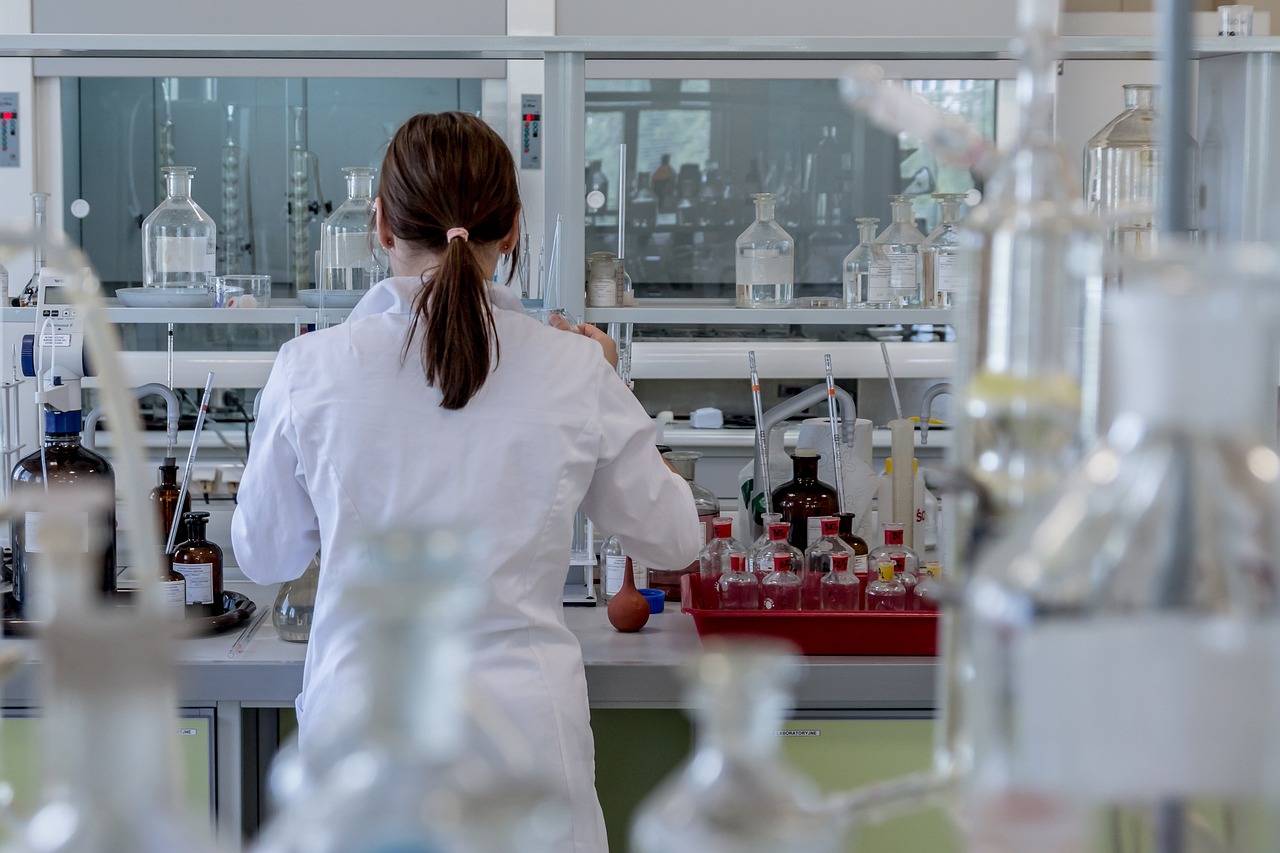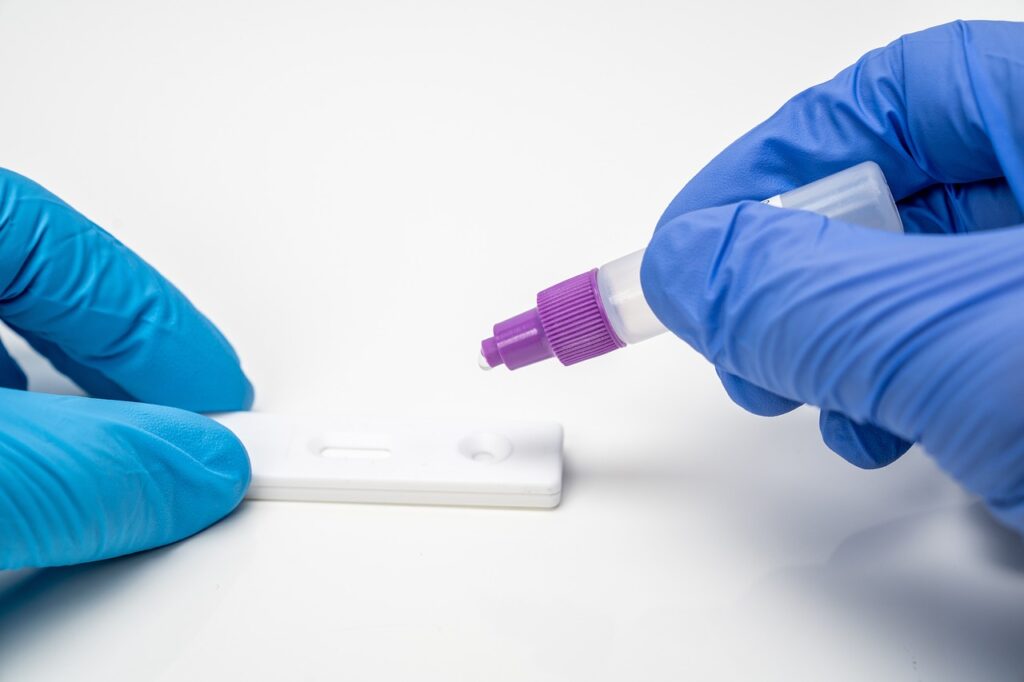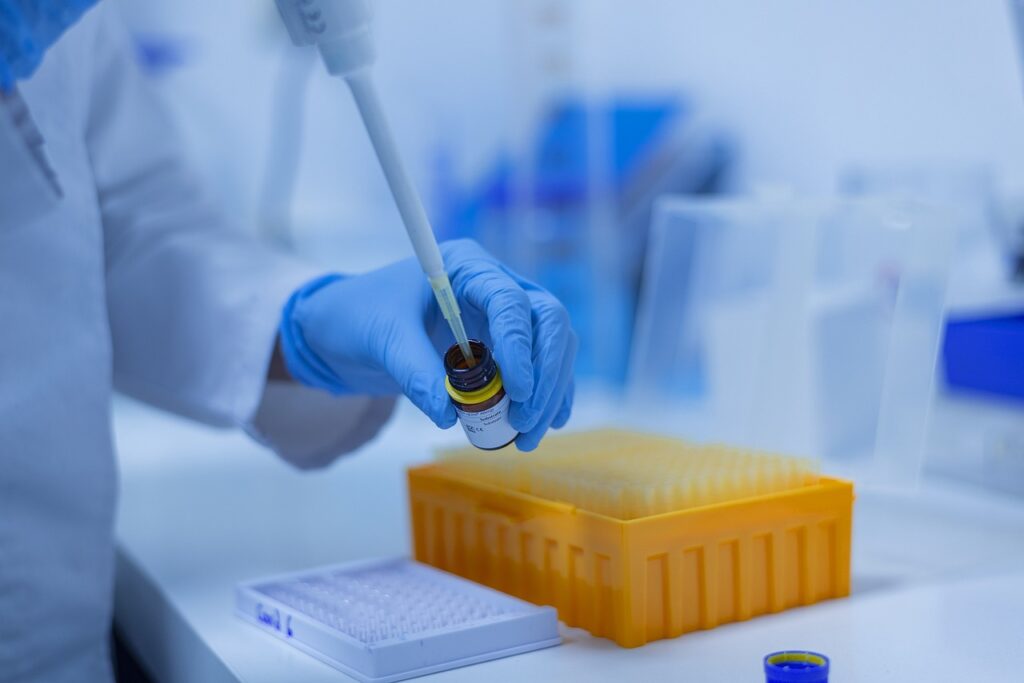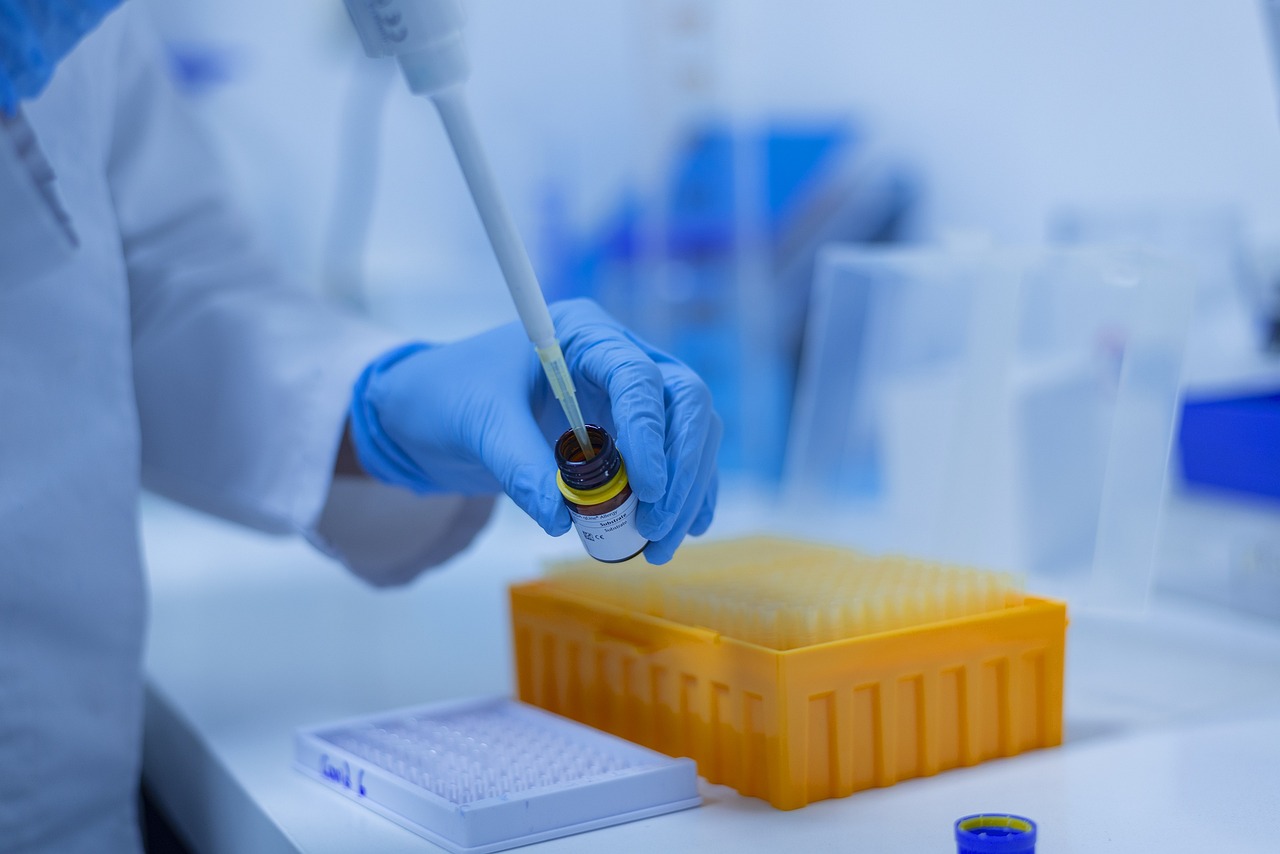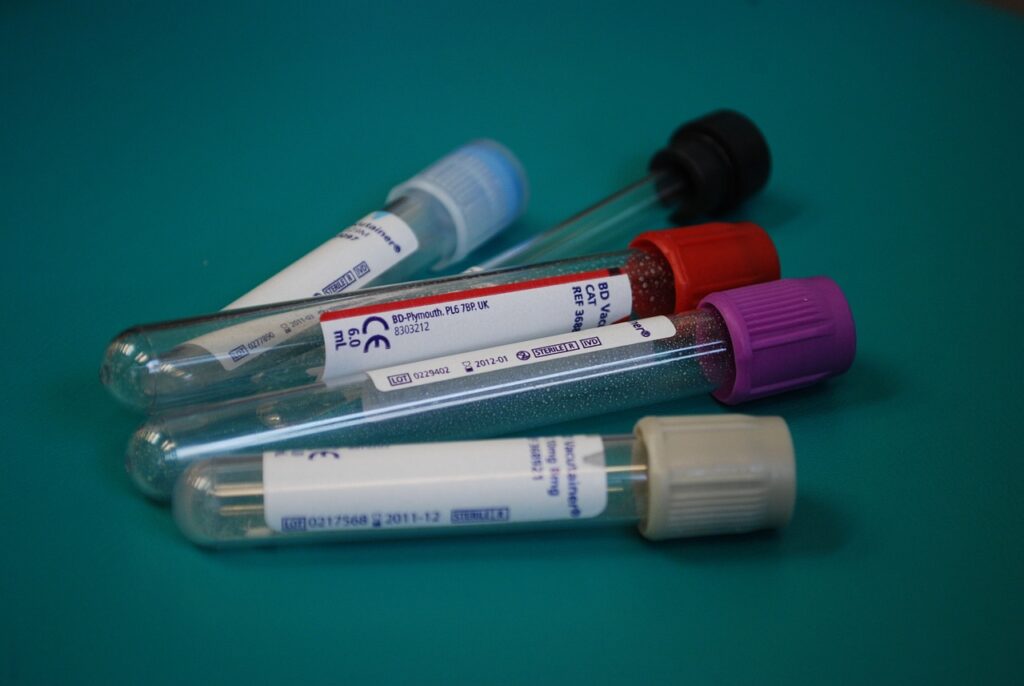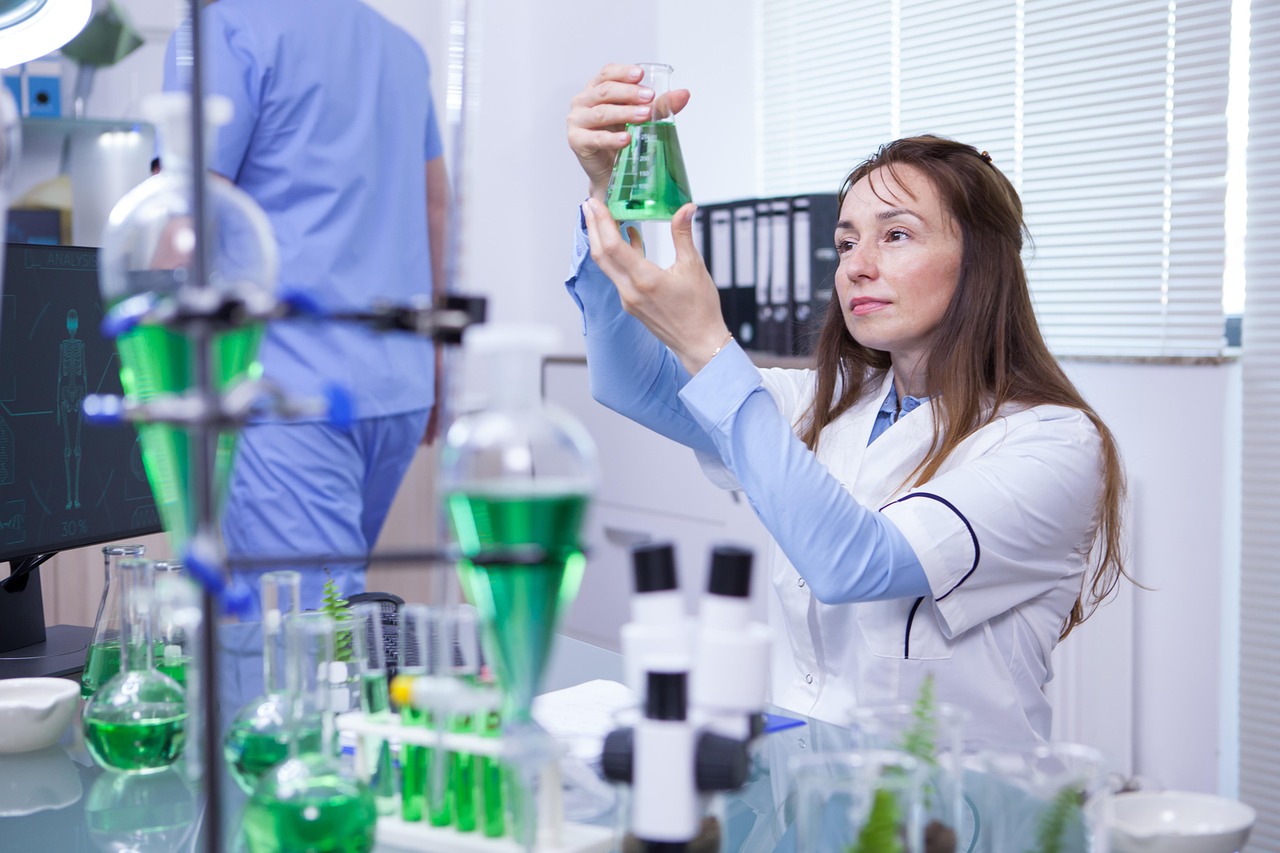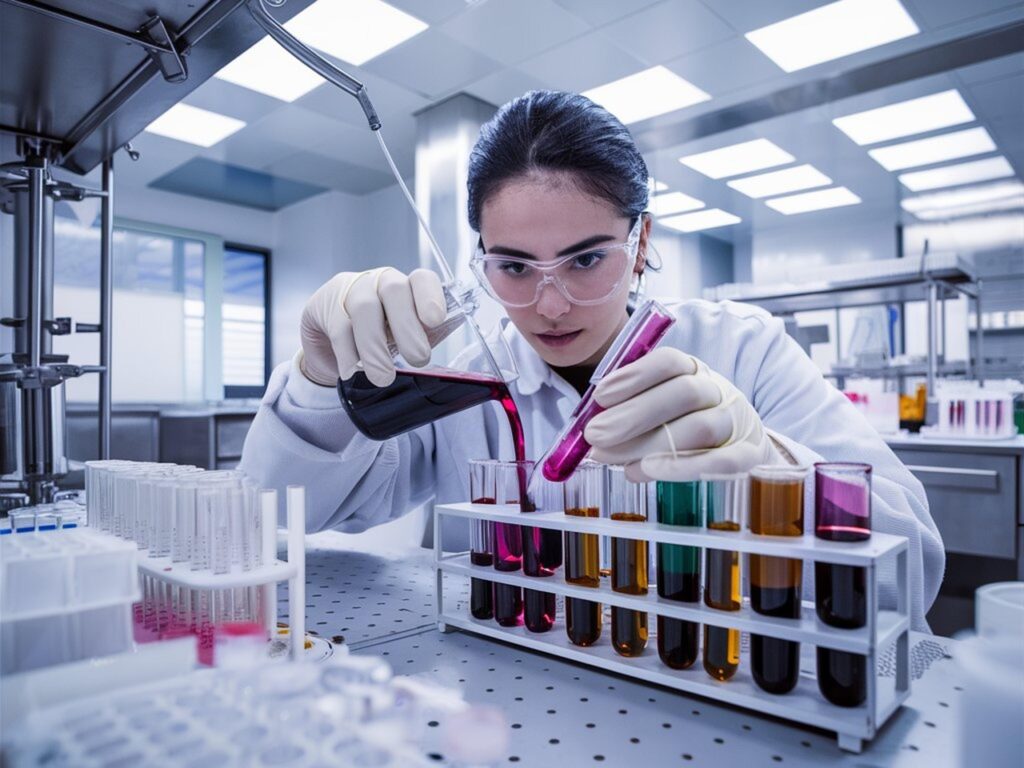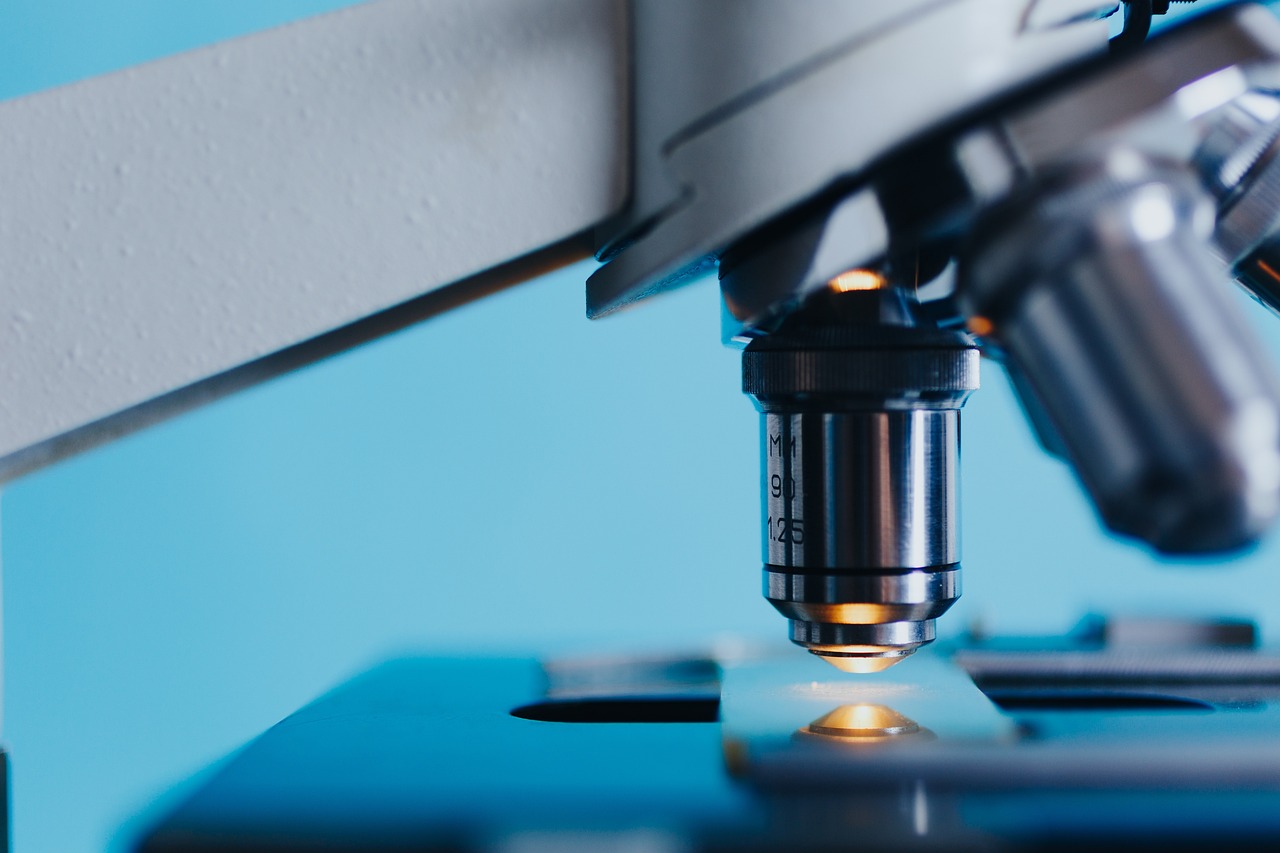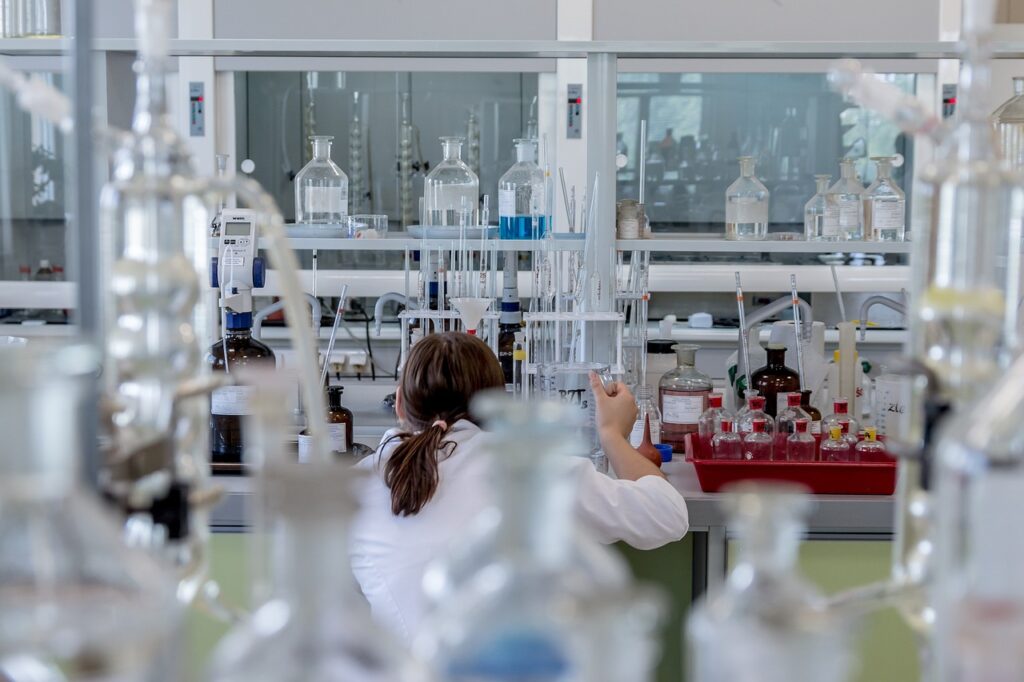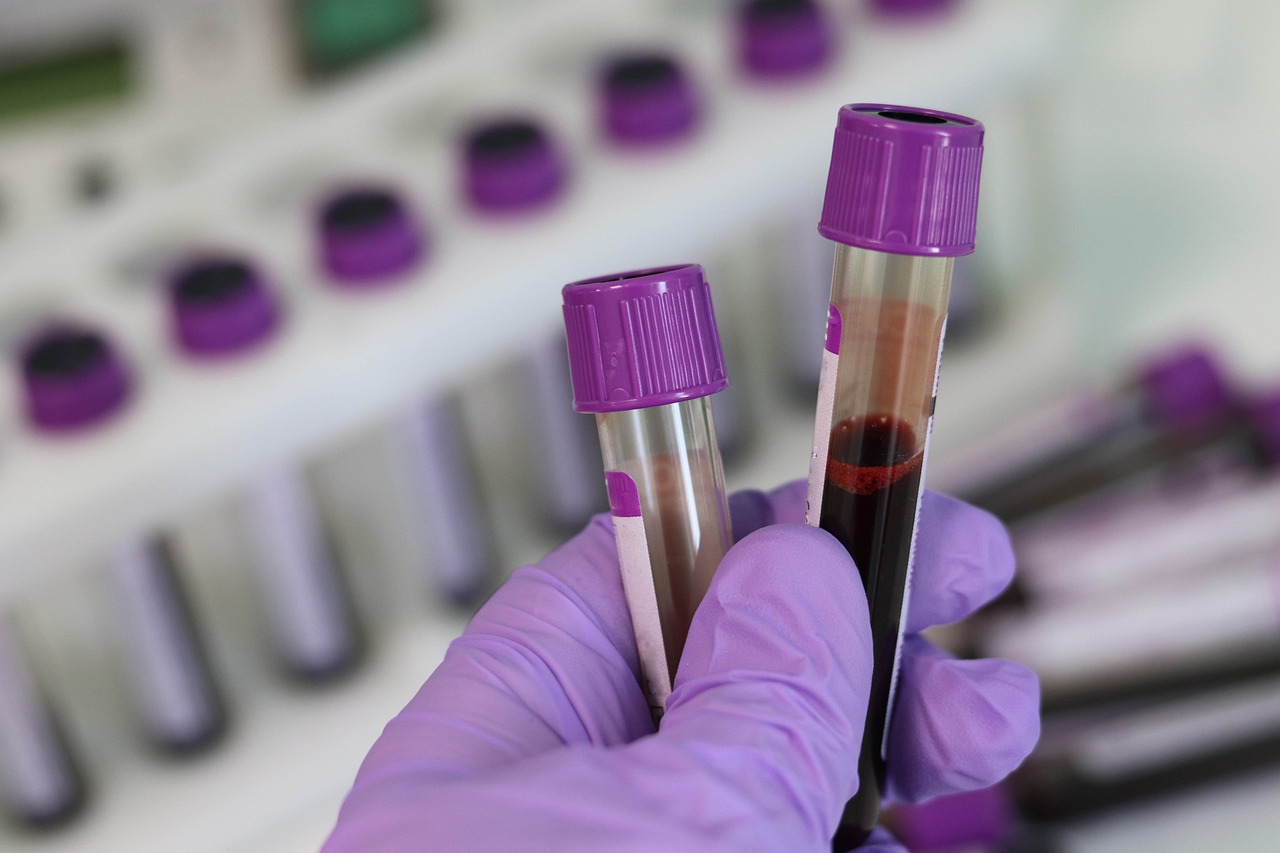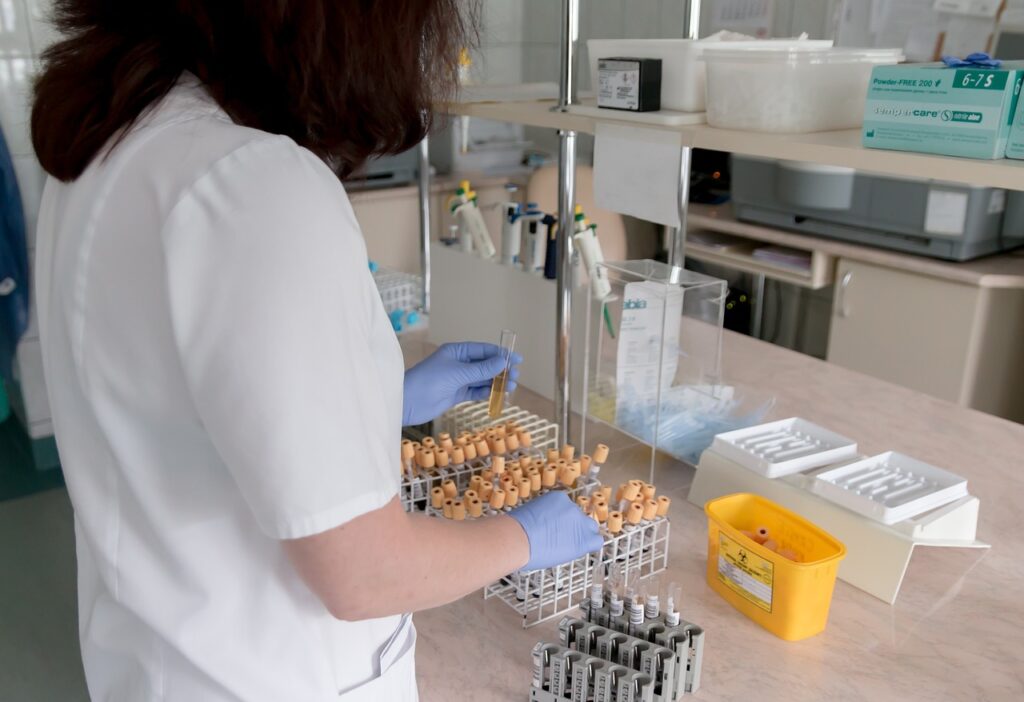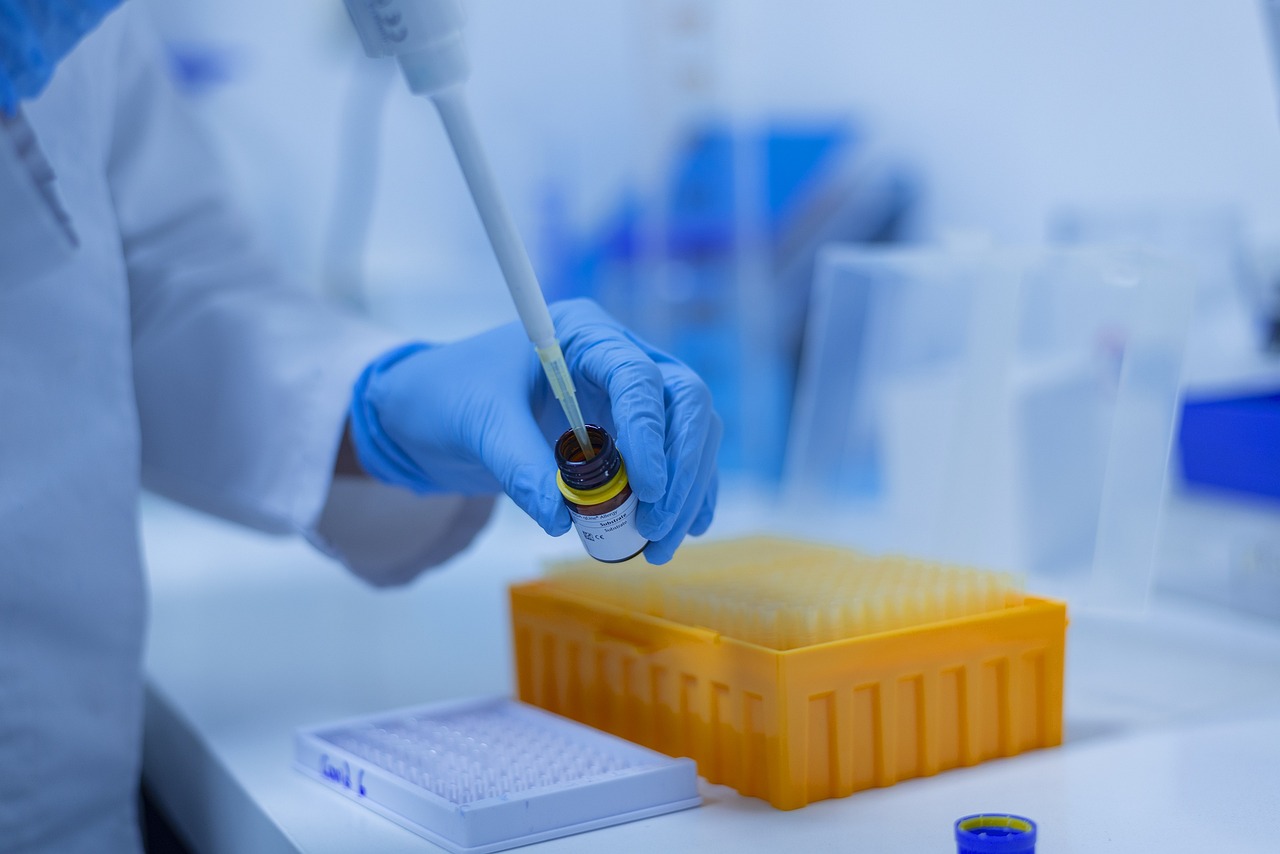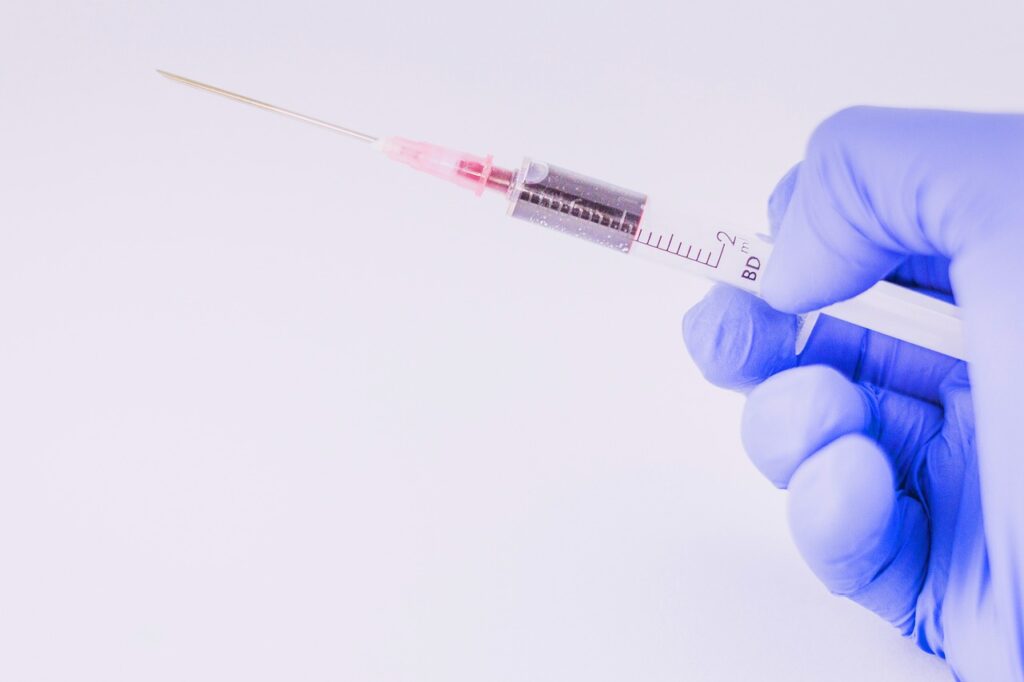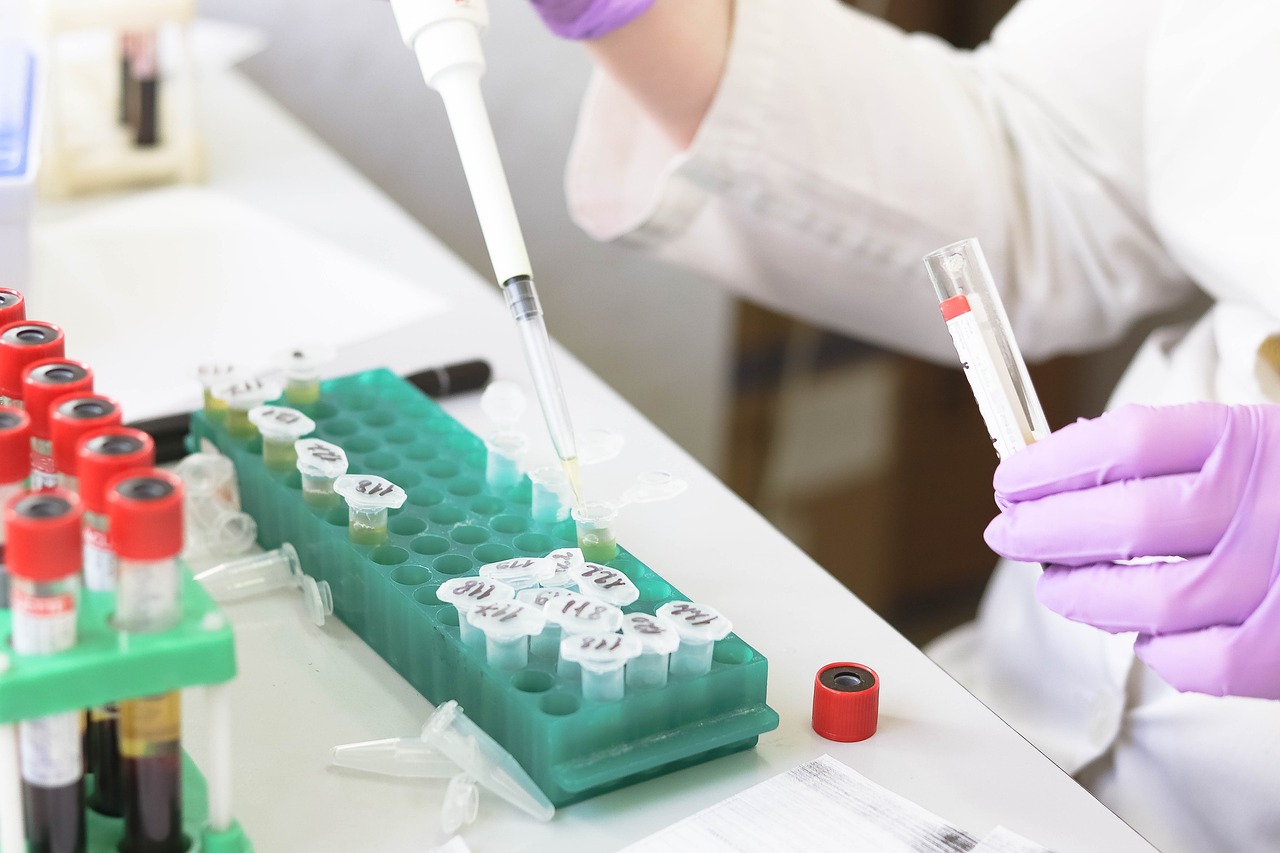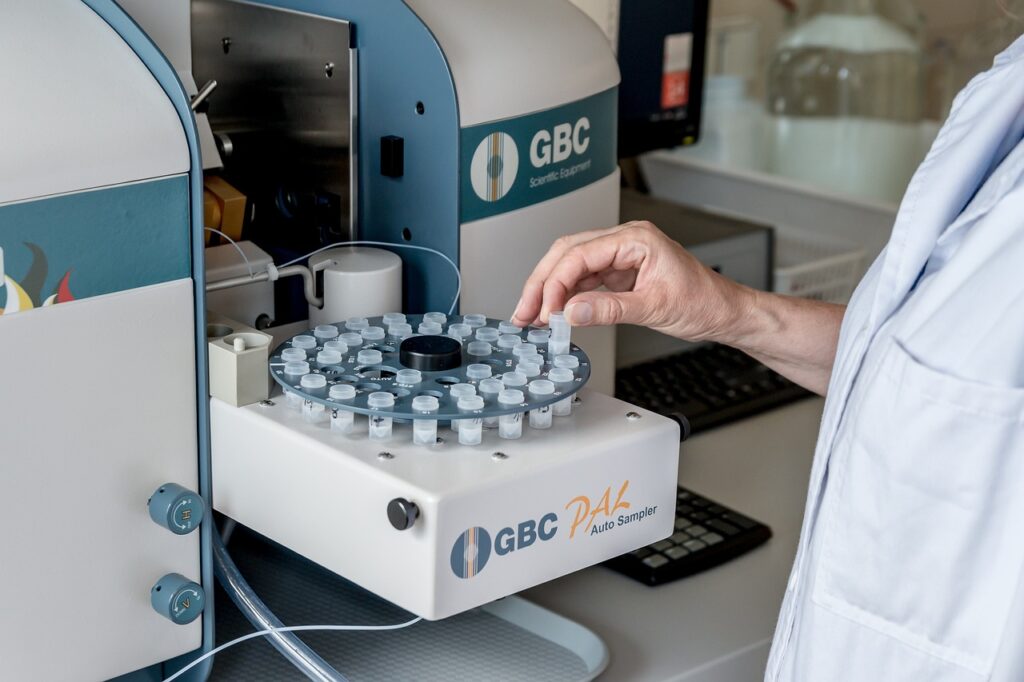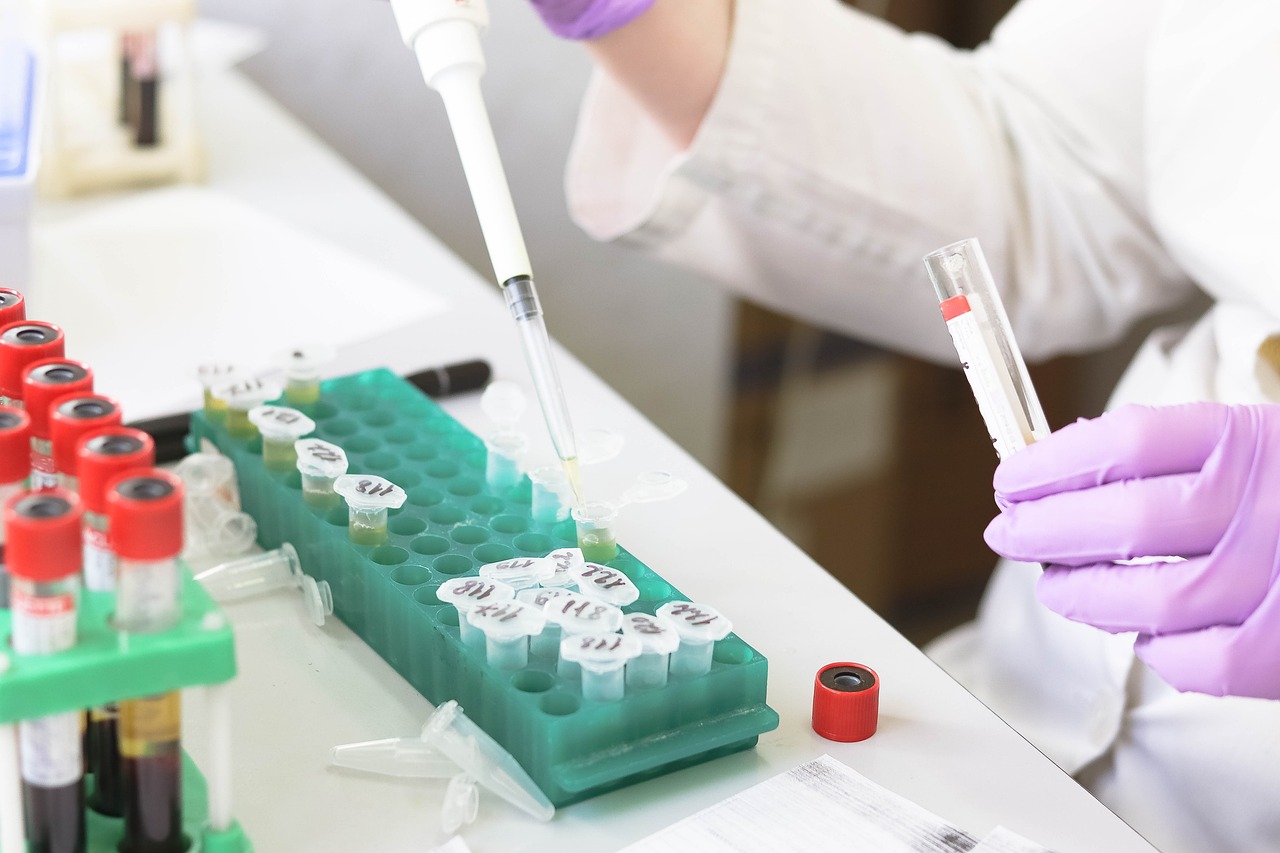Quality and safety are no longer negotiable in the changing Indian food business. Businesses must make sure that every product satisfies strict quality requirements in light of rising consumer awareness, stricter regulations from the Food Safety and requirements Authority of India (FSSAI), and rising demands for international exports. Choosing the Best Food Testing Lab in India—one that blends precision, adherence to regulations, effectiveness, and service excellence—is the first step in doing this.
Selecting the ideal testing partner might be crucial when starting a food company, expanding a production facility, or exporting your goods abroad. Everything you need to know before making that important choice will be covered in this comprehensive guide.
The Importance of Food Testing in India
One of the biggest food industries in the world, India includes dairy, seafood, packaged foods, drinks, nutraceuticals, and agriculture. Regrettably, the industry also faces persistent problems such microbiological risks, heavy metals, pesticide residues, and pollution.
Food testing isn't just a formality—it's a safeguard. It ensures that food products:
- Are safe for consumption
- Meet national and international regulatory standards.
- Maintain nutritional claims as per labels
- Do not contain harmful pathogens or substances
- Are fit for export or retail sale
In short, robust food testing is the backbone of food safety and consumer trust.
Accreditation Matters
Accreditation is among the most important considerations when choosing a food testing laboratory. The proficiency and conformity to international testing standards of a lab that has earned NABL (National Accreditation Board for Testing and Calibration Laboratories) accreditation are confirmed.
The FSSAI notification, which gives lab permission to do regulatory food testing in accordance with Indian law, is equally significant. Without this certification, labs might not be able to produce reports that are legally acceptable.
These qualifications serve as more than just certifications; they guarantee the validity, reproducibility, and dependability of the lab's findings.
Comprehensive Testing Capabilities
Your chosen lab should offer a wide portfolio of food testing services. These typically include:
- Nutritional Analysis: To verify macronutrients, micronutrients, vitamins, and minerals in line with labeling requirements.
- Microbiological Testing: To detect bacteria, yeasts, molds, and foodborne pathogens such as E. coli, Listeria, and Salmonella.
- Chemical Contaminants: Testing for pesticide residues, heavy metals, antibiotics, preservatives, and toxins such as aflatoxins.
- Shelf-Life Studies: To determine how long your product remains safe and marketable under various storage conditions.
- Allergen Testing: Essential for allergen-sensitive labeling and consumer safety, especially for gluten, dairy, nuts, and soy.
- Packaging and Migration Testing: To ensure packaging materials do not leach harmful chemicals into the food.
A lab offering all these services under one roof saves you time, money, and logistical complexity.
Technological Infrastructure
Food testing is a science that demands high-precision instruments and controlled environments. A top-tier lab should be equipped with state-of-the-art technology such as:
- HPLC (High-Performance Liquid Chromatography)
- GC-MS (Gas Chromatography-Mass Spectrometry)
- AAS (Atomic Absorption Spectroscopy)
- ICP-MS (Inductively Coupled Plasma Mass Spectrometry)
- ELISA kits for rapid microbiological screening
- Stability chambers for long-term shelf-life testing
These technologies not only enhance accuracy but also reduce turnaround times and expand the lab's testing capabilities.
Timely Reporting and Sample Handling
It's important to move quickly. Delays in testing can result in lost earnings or, worse, fines for non-compliance for companies attempting to fulfill deadlines for retail, production, or export. Always inquire about priority services and the lab's typical turnaround time.
Ask them about their procedures for collecting samples, preserving them, and managing perishable items. Operational stress can be considerably decreased with effective reporting and logistical systems.
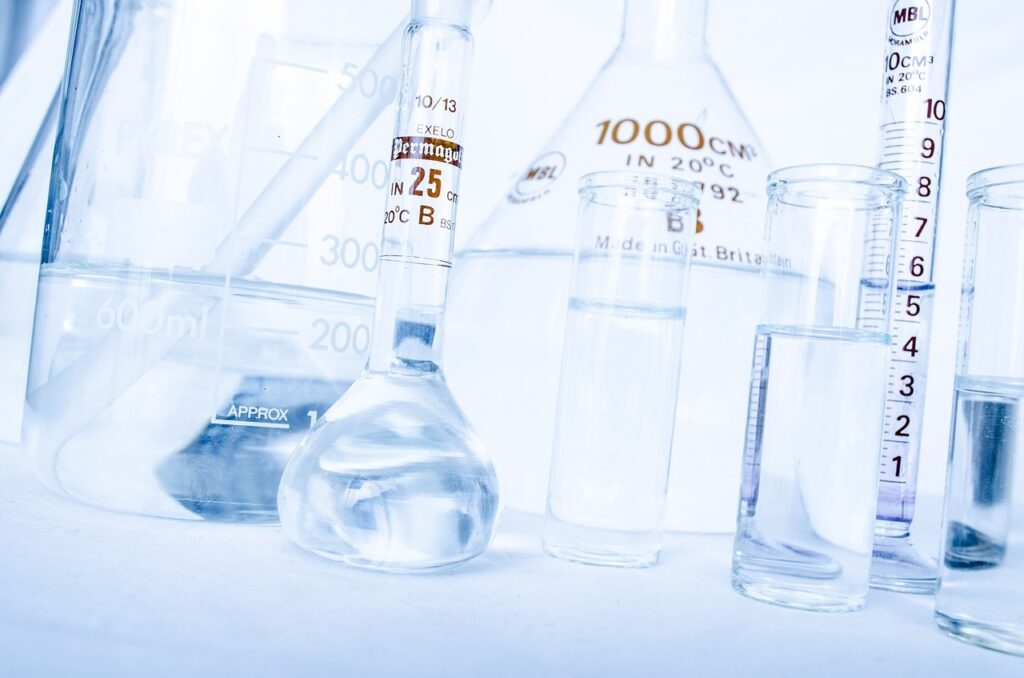
Reputation and Experience
Experience is a great teacher, and in the testing industry, it's invaluable. Labs that have served well-known brands, exporters, and multinational clients are more likely to understand the nuances of the industry. Look for:
- Client case studies or testimonials
- Online reviews and references
- Awards, recognitions, or industry affiliations
- Presence at national and international food safety events
A lab’s reputation reflects its reliability, customer service, and long-term commitment to food safety.
Regulatory Guidance and Additional Support
The Best Food Testing Lab in India assists customers in navigating intricate regulatory environments in addition to providing reports. For example, a good lab will help you if you have questions about FSSAI's import/export documents, ingredient requirements, or labeling regulations.
Businesses introducing new product lines or startups particularly benefit from this type of consulting. Labs that provide training services, pre-inspection checks, or technical consultancy are frequently more suited to your long-term success.
Why SMS Labs Stands Out
When it comes to reliability and comprehensive service, SMS Labs is among the top choices for food businesses in India. Backed by NABL accreditation and FSSAI approval, SMS Labs offers an extensive range of food, water, and environmental testing services.
With state-of-the-art equipment, rapid turnaround times, and expert support, SMS Labs serves clients from food startups to global exporters. The lab’s commitment to accuracy, transparency, and client success makes it a preferred partner across the food industry.
Whether you need nutritional analysis for product labels, allergen testing for new formulations, or complete shelf-life studies, SMS Labs ensures every report meets the highest standards. If you're searching for the Best Food Testing Lab in India, SMS Labs deserves a spot on your shortlist.
Conclusion
Selecting the right food testing lab is not just a compliance task—it’s a strategic business decision. From product development and branding to market entry and consumer trust, the lab you choose plays a vital role in your journey.
Ensure your partner lab is accredited, well-equipped, experienced, and customer-focused. Ask the right questions, check for red flags, and prioritize long-term value over short-term savings.
In a world where food safety is paramount, partnering with the Best Food Testing Lab in India is not just wise—it’s essential for sustainable growth and consumer trust.

